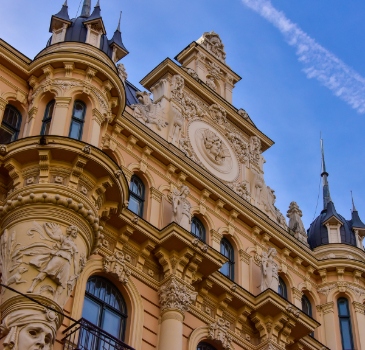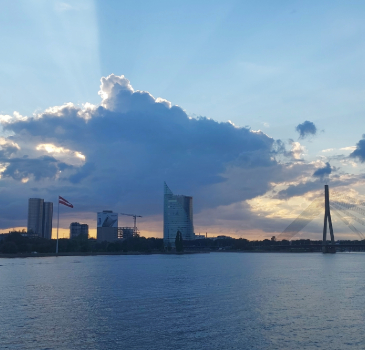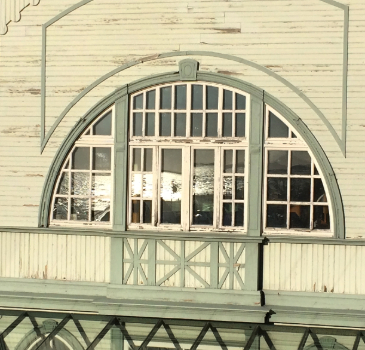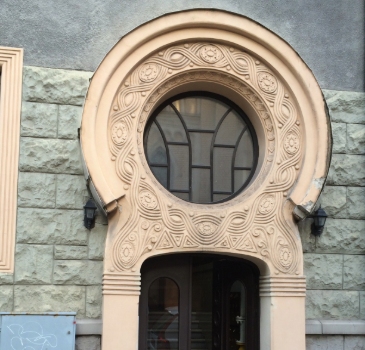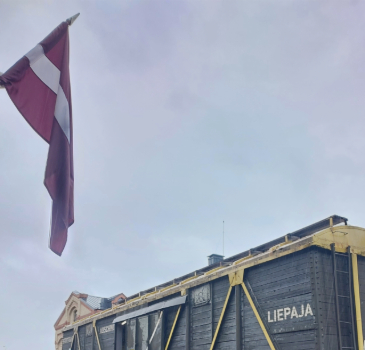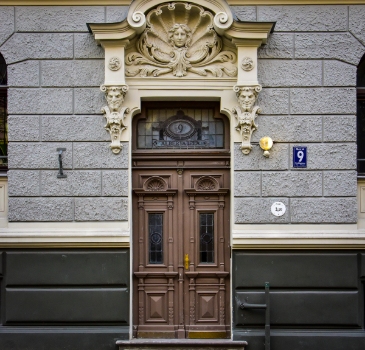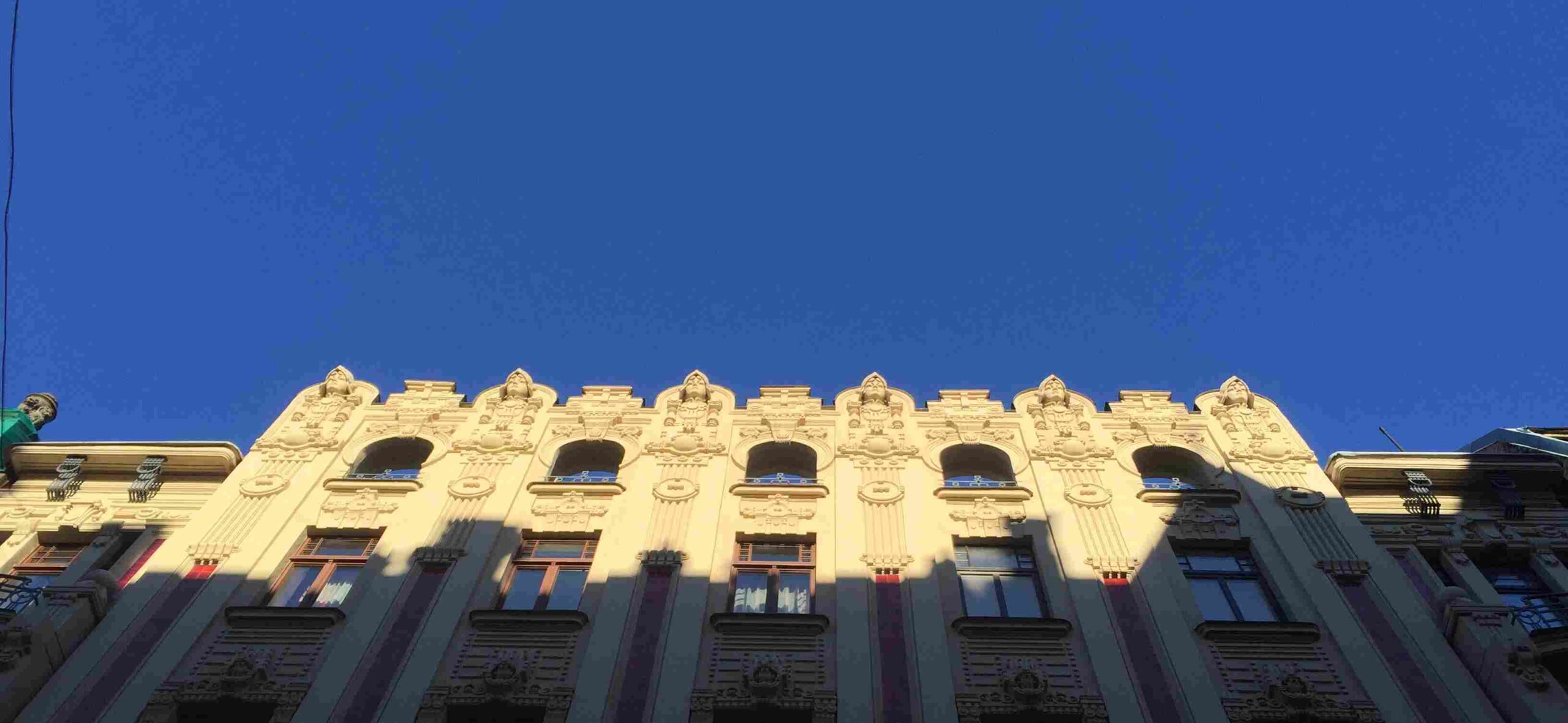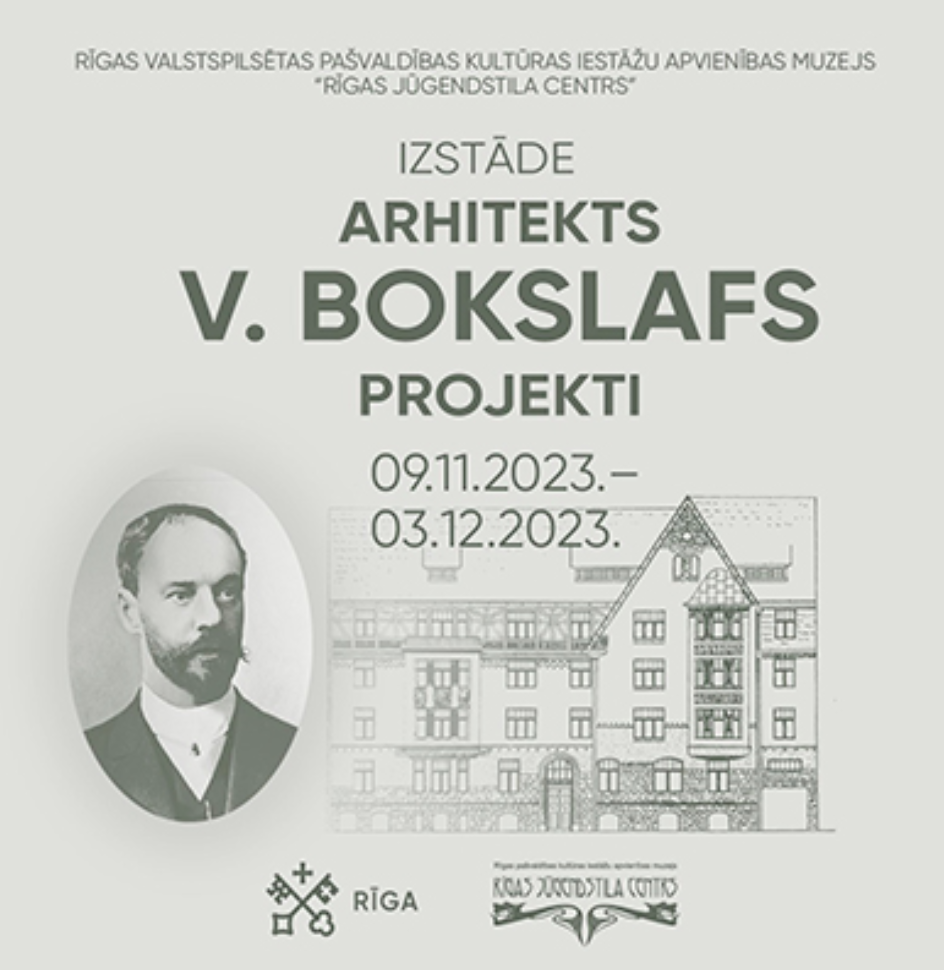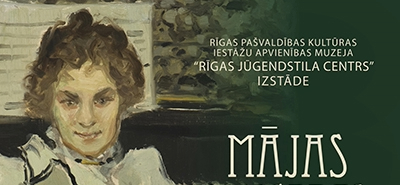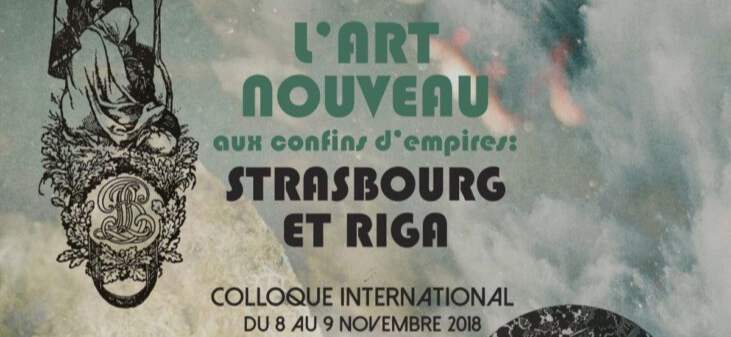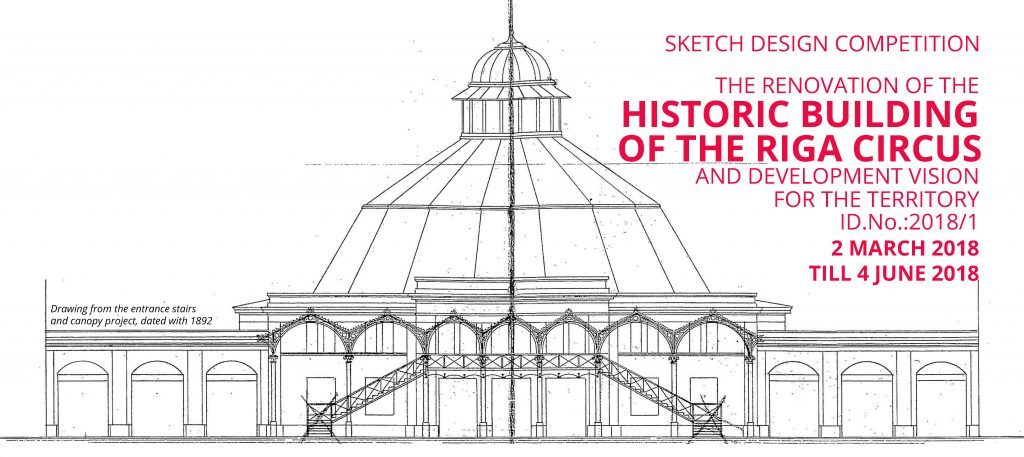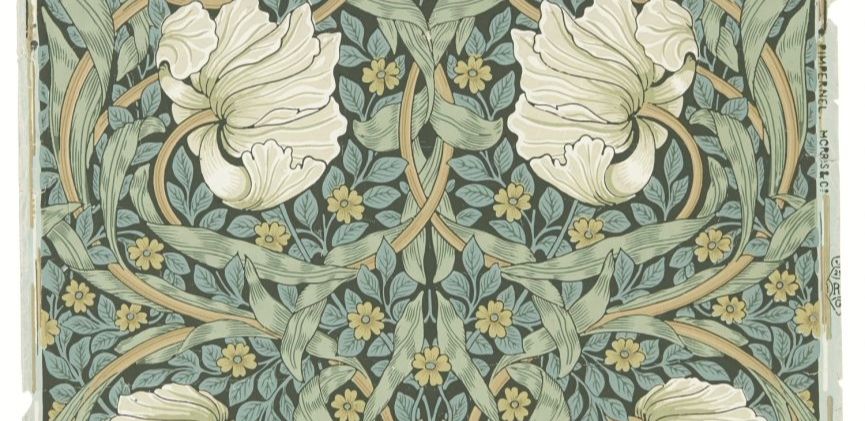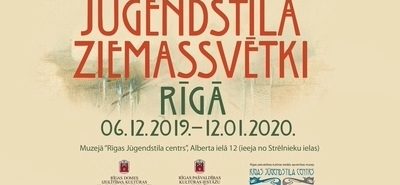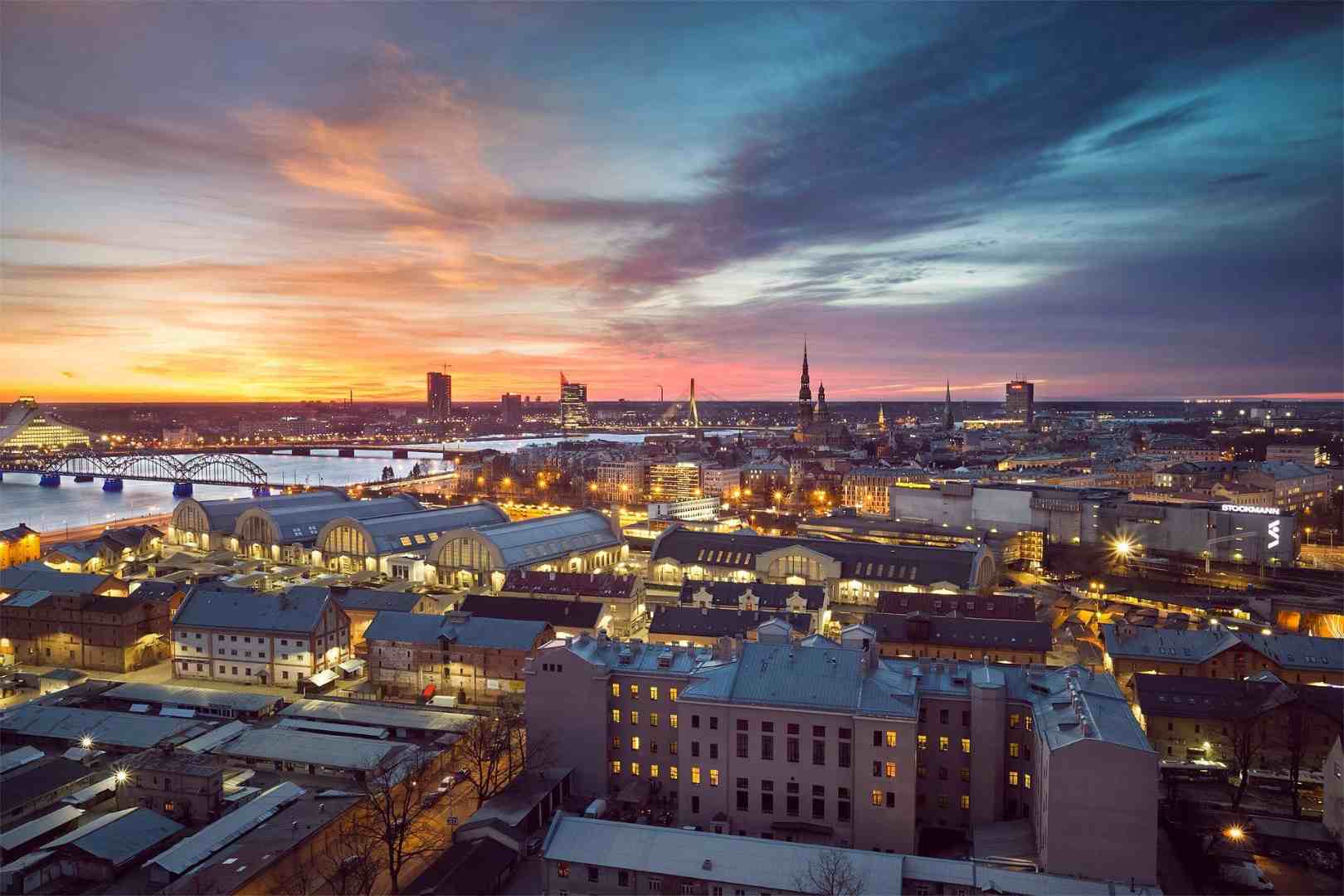Discover Riga: The Baltic’s Cultural Hub
Riga, Latvia’s vibrant capital, is a city known for its Art Nouveau architecture and rich history. Located on the Baltic Sea, Riga combines beautiful buildings, lush parks, and a thriving cultural scene, making it a fascinating destination.
Why You’ll Love Riga
Wander through the cobblestone streets of the Old Town, explore the stunning House of the Blackheads, or visit the Central Market for local flavors. The city’s mix of Gothic spires and modern art offers something for every traveler.
With a local guide, discover Riga’s hidden corners, like the bohemian quarter of Miera iela and the quiet gardens of Kronvalda Park. By night, enjoy a drink in one of Riga’s cozy bars or catch a live music show.
Riga’s blend of historic charm and modern energy makes it a unique gateway to the Baltic region, offering a vibrant and welcoming atmosphere.
Mikhail Eisenstein: Riga’s Art Nouveau Mastermind
Riga, often dubbed the Art Nouveau capital of Europe, owes much of its architectural splendor to Mikhail Eisenstein. Active in the early 20th century, Eisenstein transformed the cityscape with his bold, ornamental designs. His buildings, mainly located on Alberta and Elizabetes streets, are a feast for the eyes, featuring intricate facades adorned with mythological motifs, swirling floral patterns, and expressive faces. Eisenstein’s use of vivid color and his attention to detail make his works iconic, drawing visitors from around the world to experience Riga’s unique blend of art and architecture.
Konstantīns Pēkšēns: The Versatile Innovator
While Eisenstein dazzled with his flamboyant designs, Konstantīns Pēkšēns, another prominent architect, showcased the versatility of Art Nouveau through a more functional and organic approach. Pēkšēns designed over 250 buildings in Riga, blending traditional Latvian elements with Art Nouveau’s flowing lines. His masterpiece, the Riga Art Nouveau Museum at Alberta iela 12, once his private residence, exemplifies his ability to balance elegance with practicality. Pēkšēns’ work captures the essence of the movement while reflecting Riga’s cultural heritage, solidifying his place as one of the city’s architectural legends.

